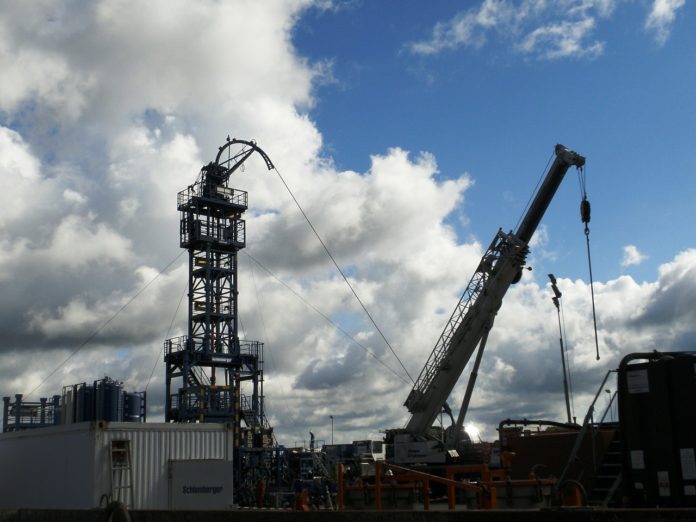ISLAMABAD (ABC) – Pakistan should focus on unconventional shale gas extraction amid the rapidly depleting conventional natural gas reserves to meet the growing household and industrial energy needs and reduce reliance on imported fossil fuels.
Talking to WealthPK, Dr Muhammad Iqbal, former manager of exploration at Pakistan Petroleum Limited (PPL), said Pakistan would soon have no chance to replenish the draining oil and gas resources, and would need to explore the shale gas deposits.
“Unconventional shale gas resources in considerable quantity are available in the lower and middle Indus basins of Pakistan.
Here, the sembar formation of the lower cretaceous age (145 million years) is considered a source rock.
The sembar shale gas reserves are enough to meet the energy needs of Pakistan for centuries.”
He said to drill the unconventional shale gas, advanced hydraulic fracturing or fracking technology was needed.
“Due to the poor permeability of shale, hydraulic fracturing develops fractures in shale to release hydrocarbons that are extracted through close-space horizontal wells.
This is the reason that the extraction of hydrocarbons from source rocks (shale) is termed unconventional shale gas.”
Iqbal said that oil and gas (hydrocarbons) were generated in the seabed due to the decomposition of the organisms deposited there, followed by a thick sediment deposition.
“In millions of years, these sediments transform into oil and gas under certain pressures and temperatures. The decomposed organic content-bearing fine-grained limestone and shale are called the oil and gas source rocks, capable of producing hydrocarbons.
Usually, the shale rocks lack permeability but are the storehouse for oil and gas. Shale gas is a natural gas mainly methane (95%), and minutely ethane and propane,” he explained.
He said the hydrocarbons generated in the source rocks kept the natural tendency to migrate to the overlaying sandstone or carbonate rocks.
“These overlaying rocks or reservoir rocks keep good porosity further overlaid by a thick impermeable seal of shale that stops the hydrocarbons from escaping.
To reach the oil and gas (hydrocarbon) reservoir, vertical drilling is a common practice worldwide. But, in this conventional method, the hydrocarbon-rich source rocks remain undrilled.”
Discussing the topic with WealthPK, Eng Muhammad Yousaf, General Secretary of the Institute of Mining Engineers, Pakistan, said: “Shale gas or tight gas is also natural gas but occurs in different geological formations. Extraction techniques of conventional natural gas and shale gas are far different.
The occurrence of shale gas is a window of opportunity for investors at both national and international levels.”
He said the known reserves of tight/shale gas in Pakistan were about 30 to 35 trillion cubic feet.
He said though shale gas occurred in many areas in Pakistan, most of the reserves were in the Sindh province, where the provincial government was planning to drill for shale gas.
Yousaf said the policymakers should attract reputed international companies for drilling.

